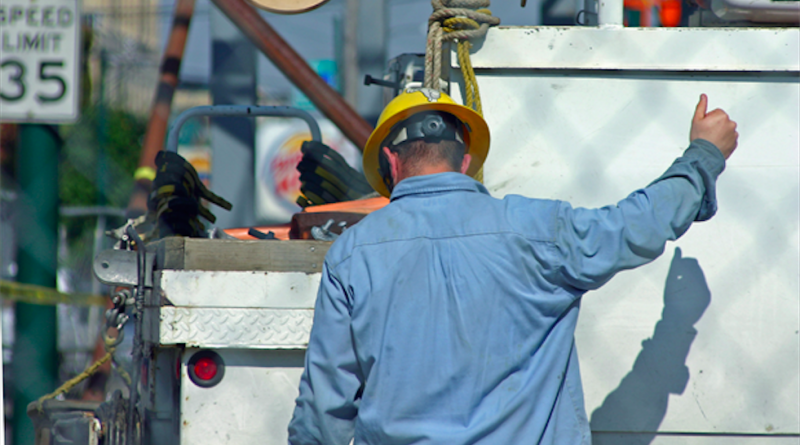4 Tips for Learning a Second Language in Construction
We have a thriving workforce in construction right now. According to some (NAHB, Construction Dive, AGC) we’re in need of workers in certain sectors and areas of the industry. A lot of times that means that we get workers coming from other countries to take advantage of work opportunities. Depending on the area of the country you’re in, that can be folks coming in from many different places where English isn’t the first language. How can we work together to get the job done right?
Construction is communication. We communicate, coordinate, and plan with so many people throughout the day. It’s paramount that we do it correctly and accurately to get jobs done on time and on budget. Language barriers obviously can hinder that, and because of that there is an opportunity on the table for people to learn second or even third languages to help facilitate communication. The more effectively we can communicate with people via whatever means (learning a second language), the better our finished product is going to be, and the faster it is going to get done. But it’s not as hard as it sounds.
For many, the intimidation of learning another language is what keeps them from effective communication. I’m here to tell you that it can be done without too much extra time and effort. You don’t have to become fluent in any language to be able to effectively communicate.
I lived in Brazil for two years and I arrived in Sao Paulo not knowing a single word. (Side story: Upon arriving in Brazil I was told to get through customs and look for a guy named Fabio and that he would take me to where I needed to go. Sao Paulo is a massive, massive city. Looking for a guy named Fabio at the airport wasn’t going to be easy, but I got through it.) Living in Brazil I quickly learned how to communicate without being able to speak — or speak well.
Here are a few helpful hints that I learned while learning a second language on the fly:
1. Learn to communicate effectively with your hands
Many cultures around the world use their hands and arms in conversation, and it helps. It also helps in construction because often times our communication is centered around building something or doing something in front of you, and hand gestures can make this process more clear.
2. Learn the words that you need first and go from there
Chances are you’ll never be able to communicate as effectively in a second language as you will your native language —and that’s okay. The trick is to not get frustrated when you can’t reason out complicated feelings and thoughts with exactness in a second language. Stick with the basic need-to-know words, and then get to know those words really well.
Another good tip here is to learn to talk around what you’re trying to describe. If you can’t think of how to tell a guy to, “Go grab the hammer drill and drill three holes here for rebar,” try thinking of how to say that in simpler terms like, “Get the tool that makes holes for these (and point to the rebar).
3. “Immerse” yourself in the language you want to learn for just a few minutes a day
Once I returned from living in Brazil I started working in the field as a laborer (if I never touch a water logged concrete blanket again it will be too soon). Through just listening and trying to talk to the other workers, I was able to learn Spanish as well. Portuguese and Spanish have a lot of linguistic similarities—both having Latin roots—so I had a good head start, but they are different languages. And most of what I learned I learned through conversation watching soccer matches in Spanish!
My suggestion would be to pick up a book in the language you want to learn (many trade organizations have construction-specific vocabulary books), and set aside 10 minutes a day to read it and review it. If you want to do more after the 10 minutes of “immersion” reading or listening, go out on the jobsite and attempt to use the words with folks that speak that language.
In my experience people are happy you are attempting to communicate with them better and are happy to give you pointers and tips.
4. Take a vacation
If you want to take it to the next level, I suggest going on a vacation to a place that speaks the language you’re trying to learn. For me trips to the Riviera Maya in Mexico helped my Spanish out immensely. There’s nothing like being somewhere where you need to speak the language to help your mind kick it in gear.
So there you have it. My promise to you all is that you can learn. It isn’t easy, but it is very much possible, and it will make your journey in the construction industry better. You’ll be more effective at helping people get things done on site, and that’s what we do.
Image via sonyae/Bigstock





